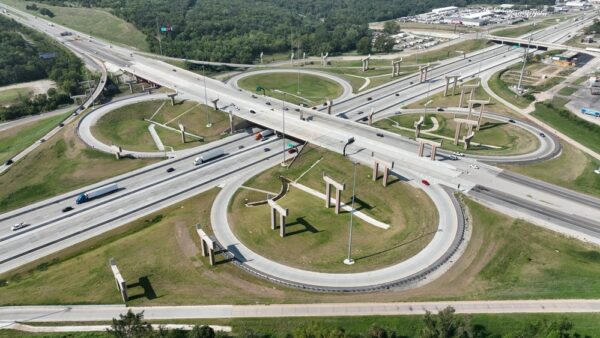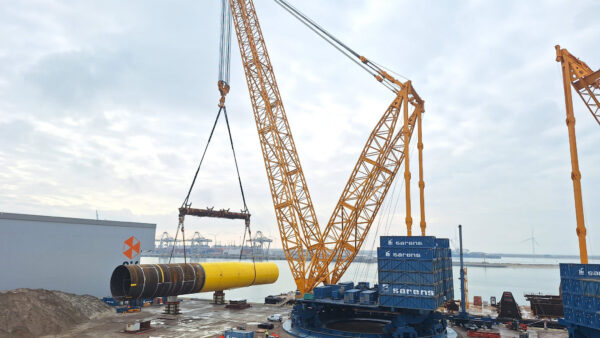A federal US body investigating the fatal collapse of a bridge in Miami has concluded that there were design errors which could have caused concrete cracking observed before the bridge fell.
Engineers overestimated the load capacity of a critical section, its interim report said.
The report released yesterday by the National Transportation Safety Board (NTSB) avoided saying these errors caused the collapse.
Six people in cars died when the brand new pedestrian bridge over a busy road at Florida International University fell on 15 March.
In response to the update, bridge engineers FIGG issued a statement to The Miami Herald saying “the investigative update is just that, an update,” adding that the report “underscores that no probable cause conclusion should be drawn from the update.”
For the NTSB investigation, experts from the Federal Highway Administration evaluated the available design calculations and construction plans for the bridge, and found design errors.
“Although the evaluation is ongoing, the assessment has determined that errors were made in design of the northernmost nodal region of the 174-foot-long span, where two truss members were connected to the bridge deck,” the NTSB said.
It went on: “These design errors resulted in (1) overestimation of the capacity (resistance) of a critical section through the node comprised of diagonal member 11 and vertical member 12; and (2) apparent underestimation of the demand (load) on that same critical section. Additionally, the FHWA evaluation determined that the cracking observed in the node prior to the collapse is consistent with the identified errors.”
The NTSB report also said the concrete and steel specimens submitted to testing “met the minimum requirements specified in the project’s build plans”.
Controversy over the concrete cracking arose after it was revealed that the project team met on the morning of the collapse to discuss the issue, with team members concluding there were no immediate safety concerns.
“The investigation continues to examine the design, review, and construction processes as well as the actions taken once the cracking was observed,” the NTSB added.
The university community and the city of Miami were traumatised by the disaster, in which one FIU student died.
Commenting on the report, FIU Senior Vice President for Finance and Administration, Kenneth Jessell, said: “At FIU, we continue to fully cooperate with the NTSB so that it may finish its investigation and complete a final report and safety recommendations. We hope the results of the investigation will help bring closure to the families and loved ones of the victims.”
Image: NTSB diagram shows diagonal member 11 and vertical member 12 (NTSB)
See also:










